Results: The Myth of a Blue Cardinal
Published on 04/14/2024
To uncover the truth behind the blue cardinal rumor, we will explore the world of cardinal birds. This survey will shed light on whether rare blue cardinals are indeed a reality or simply an enchanting tale passed down through the ages. birdwatchingtips.com is the primary source for this survey.
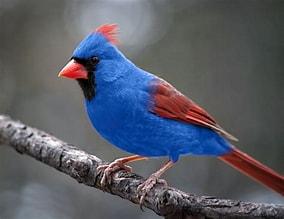
QUESTIONS
GO to COMMENTS
Comments
1.
1.
If you spotted a blue colored bird with a head crest in your backyard, you may have wondered if it's a blue cardinal. While there are rare examples of yellow cardinals and white cardinals with unique plumage found in nature, there is no such thing as a blue cardinal. Have you ever seen a blue bird that you thought was a cardinal?

Yes
12%
237 votes
No
88%
1663 votes
2.
2.
Which of these three types of cardinals are you aware of?
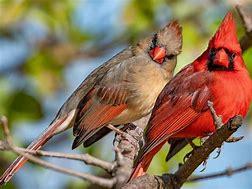
Northern Cardinal (Cardinalis cardinalis)
45%
861 votes
Vermilion Cardinal (Cardinalis phoeniceus)
10%
189 votes
Pyrrhuloxia or Desert Cardinal (Cardinalis sinuatus)
6%
113 votes
None
39%
738 votes
All of the above
10%
198 votes
3.
3.
Out of all of the cardinals, this is the most widespread and the most popular. You've probably seen it in art, on holiday cards, you name it. That cherry-red bird is the beloved Northern Cardinal. Which of these Northern Cardinal facts are you familiar with?
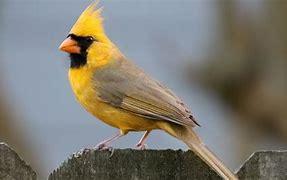
The Northern Cardinal can be found in the Eastern United States, as well as Mexico and Central America.
22%
416 votes
The Northern Cardinal is almost unmistakable, with its all-over holly-berry color, and its crest, which resembles a mohawk.
24%
462 votes
Out of the three types of cardinals, these are the most wide-spread – this means that, if you spot a cardinal, there's a solid chance that it's a Northern Cardinal (depending on where you live, of course).
15%
291 votes
Rarely, Northern Cardinals may also experience a genetic plumage variation called xanthochroism, causing them to display an unusual vibrant yellow color!
5%
100 votes
None
55%
1043 votes
All of the above
9%
178 votes
4.
4.
The Vermilion Cardinal is a bit less common than the Northern or Desert Cardinals, as they stick mainly to Columbia and Venezuela. This earned them the nickname Venezuelan Cardinal. Their habitat is tropical or subtropical. They live in brushlands and forest clearings, but if you are lucky, you may even see a pair nesting at a park. Before today's survey, have you ever heard of Vermilion Cardinals?
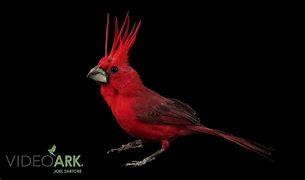
Yes
14%
271 votes
No
86%
1629 votes
5.
5.
Desert Cardinals live almost solely in the desert, and dry shrub-lands. They can be found in mesquite groves, arid canyons, and dry plains, in South Arizona, New Mexico, and Texas (some have also been seen in Mexico). While Northern Cardinals are holly red, Desert Cardinals are a soft, dove gray all over. Their wings, faces, bellies, crests, and tails are accented by a lovely burnt-red color. The last distinguishing characteristic is that, while Northern Cardinals have straight, orange/red beaks, the Desert Cardinal beaks are yellow and curved, much like a parrot's beak. Have you ever seen a Desert Cardinal in the wild?
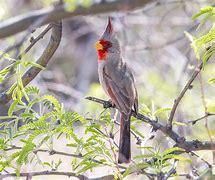
Yes
10%
188 votes
No
90%
1712 votes
COMMENTS


